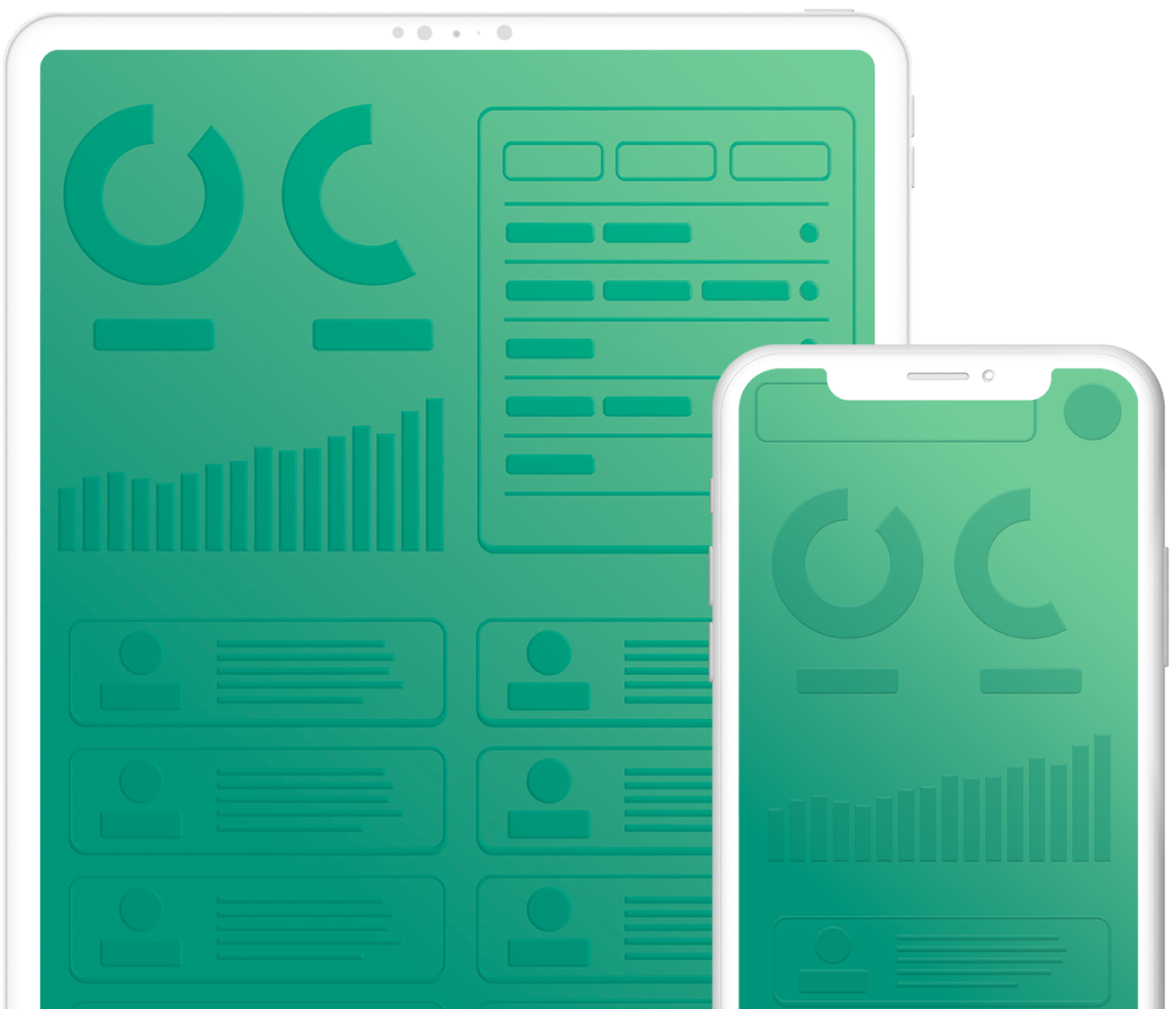Digitization vs. digitalization: Differences, definitions and examples
(SPOT Tracker and TruQC have joined forces to become TRU, a Jones Company)
In the case of digitization and digitalization, two letters make all the difference. This is not merely a matter of wordplay — it’s a matter of scope and potential value to your business. Understanding the distinctions between these two approaches is critical as the digital transformation gains momentum and businesses move toward digital technologies to enhance visibility and eliminate inefficiencies in their operations.
Here, we’ll give a straightforward explanation of both digitization and digitalization, offering examples of each. Then we’ll explore why we designed TruQC as a strategy for process digitalization.

Digitization: Converting data to a digital format
Digitization describes the pure analog-to-digital conversion of existing data and documents. Think scanning a photograph or converting a paper report to a PDF. The data itself is not changed — it’s simply encoded in a digital format.
Digitization can reap efficiency benefits when the digitized data is used to automate processes and enable better accessibility — but digitization does not seek to optimize the processes or data.
Digitalization: Transforming your business processes for digital
As Gartner defines it, digitalization is “the use of digital technologies to change a business model and provide new revenue and value-producing opportunities; it is the process of moving to a digital business.” Digitalization moves beyond digitization, leveraging digital information technology to entirely transform a business’ processes — evaluating, reengineering and reimagining the way you do business.
If digitization is a conversion of data and processes, digitalization is a transformation. More than just making existing data digital, digitalization embraces the ability of digital technology to collect data, establish trends and make better business decisions.
As SAP News points out, you would digitize a document, but you would digitalize a factory. As it pertains to reporting, you would digitize a report — but you would digitalize your organization’s data collection process and workflows.

TruQC: A process digitalization strategy for your business
The TruQC app contains all the integrated features necessary to store key documents (e.g., safety plans, blueprints), collect key data (e.g., reports, flagging issues) and analyze that data for enhanced visibility and business intelligence. All of your documents and data are stored in a secure, digital location, where they’re accessible anywhere, anytime from an internet-connected device
TruQC is a digitalization strategy for your reporting processes. Rather than only collecting and documenting your reports in a digital format (digitization), TruQC empowers you to glean insights and efficiencies from that data by tracking issues and running data summaries (digitalization). The TruQC team can also use APIs to integrate with your management and legacy databases to show how you can learn from this data and use it to update future strategies.
Beyond the app itself, the TruQC team helps organizations take a digital-first approach to reporting, transforming and improving the way they approach reporting to maximize the benefits of digital technology.
A digitalization approach to flagging, tracking and resolving issues in the field
To illustrate how process digitalization looks in practice, let’s narrow in on our issue tracking feature, which we custom-built for a leading oil and gas company. They wanted a better way to flag, track and resolve issues consistently across their assets and projects. Rather than simply converting their current issue tracking process into a digital format, we leveraged the power of digital technology to rethink and transform how they track and resolve problems as they arise. Our issue tracking feature has proven so useful that we rolled it out to all our clients.
We set up the feature so that an inspector could uniquely identify each issue on the blueprint or digital isometric drawing while filling out a report, attaching as many photos as necessary for an admin to understand the problem. An inspector could denote an issue’s type and severity, and schedule any necessary maintenance without leaving the TruQC app. Once an issue has been flagged, admin users can immediately view it and add any notes they may have. Each recommended corrective action is broken into its own report, so admin users can easily track an issue to resolution.
Because this data is collected digitally, it’s easy to filter, download and analyze as needed. It can be sorted by time period, type, severity and project — and because information is entered objectively and consistently, it serves as a point of standardization across your organization. This data can be used to run a pivot table and establish trends, input into your organization’s asset management database and use RBI tools to update strategy or however best allows you to learn from the data and prevent issues in the future.
Our issue tracking feature certainly made it easier to track, resolve and analyze issue data, but the true mark of a digitalization strategy is the opportunity for increasing efficiency and revenue. After reviewing the feature’s impact on this company, we found that it reduced inspection prep, execution, report creating and risk score assignment by 33% globally. Its implementation also resulted in an estimated $1.5 to 2.3 million hard dollar savings per downstream facility. Read more about the impact of a digitalization approach to tracking issues here.
Our issue tracking feature is but one example of how TruQC transforms workflows throughout an organization. By eliminating barriers between the field and office, your organization then works more cohesively and efficiently across projects and assets. To learn more about TruQC, and whether your organization could benefit from a process digitalization strategy, feel free to reach out to our team.

